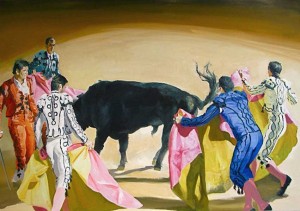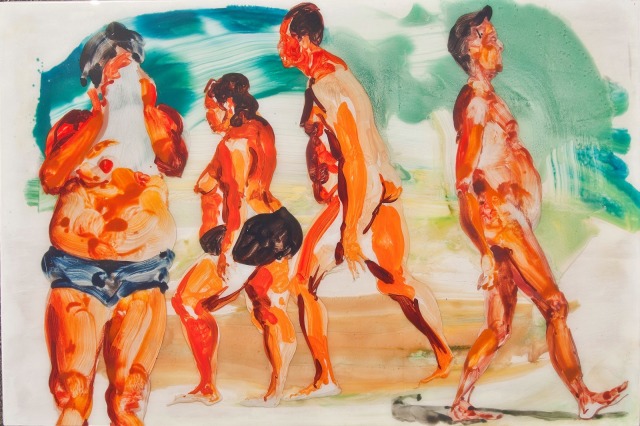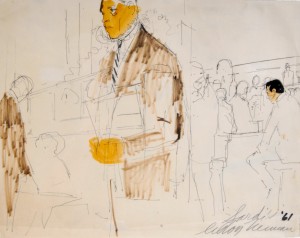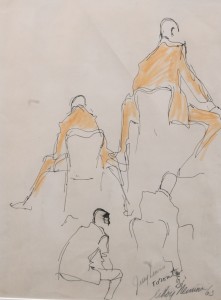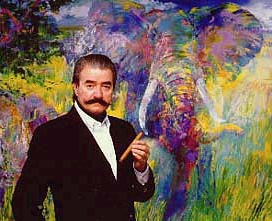"Content is a glimpse of something, an encounter like a flash. It's very tiny - very tiny, content."
- Willem de Kooning
We love going to MOMA. What we love best is visiting the lonely and neglected paintings. They seem to need company. Particularly, if one is a work of art that completely changed the art world.
Meanwhile, at the Rene Magritte show on the 5th floor, one had to stand in line for an hour. Nonsense!
We walked down a floor to the Duchamp corner to see “Three Standard Stoppages”.
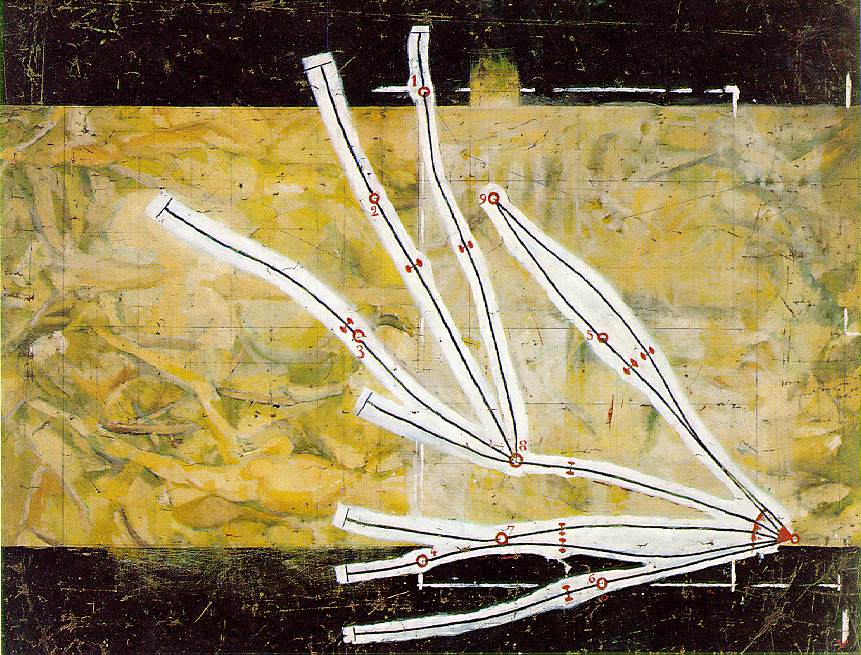
And here it is. Isolated. Ignored. We can’t believe it was painted in 1914. One of our group dropped to their knees crying out, “We are not worthy.” Alarmed tourists on their way to the Margritte show looked over “Why are these guys slobbering all over this old subway map painting? Should we call a guard?"
We start up a conversation with the piece. On closer examination we realize that a version of a Fauvist painting (Villon or Duchamp?) “Young Girl and Man in Spring” was painted over. Maybe there is a cross in the painting also. The old work is turned on its side, scraped down. Defaced. Two black bands frame it as if in a shroud.
Over this tomb Duchamp drops the neutron bomb of modernity. A diagram (what appears to be a golf course) is painted on the surface. Let's take a closer look. There is a grid drawn over the painting in pencil. We think they were lines tracing strings randomly thrown tossed on the canvas.
What gives? What’s the subject matter? Is this a metaphor for something? Or is it just decoration? What is this guy trying to express?
All of these questions are irrelevant.
You see this is the first work of art where an artist tried to un-express himself. In other words, it was created solely by chance, a methodology that subverts the usual modus operandi of painting. “Three Standard Stoppages” is to painting what quantum mechanics is to classical physics.
It is born in an era when science realized that God does play with dice.
“Three Standard Stoppages” is Part 2 of a trilogy. It is sandwiched between “Three Large Stoppages” and the “Large Glass”. This middle child’s offspring were named Process, Conceptual, Minimal and Pop Art. This is the painting Jasper Johns doesn’t want you to know about.
We complained to the curator that MOMA shouldn’t show paintings that are still wet. She just looked at us.
Tom McManus is a writer and artist in NYC.







